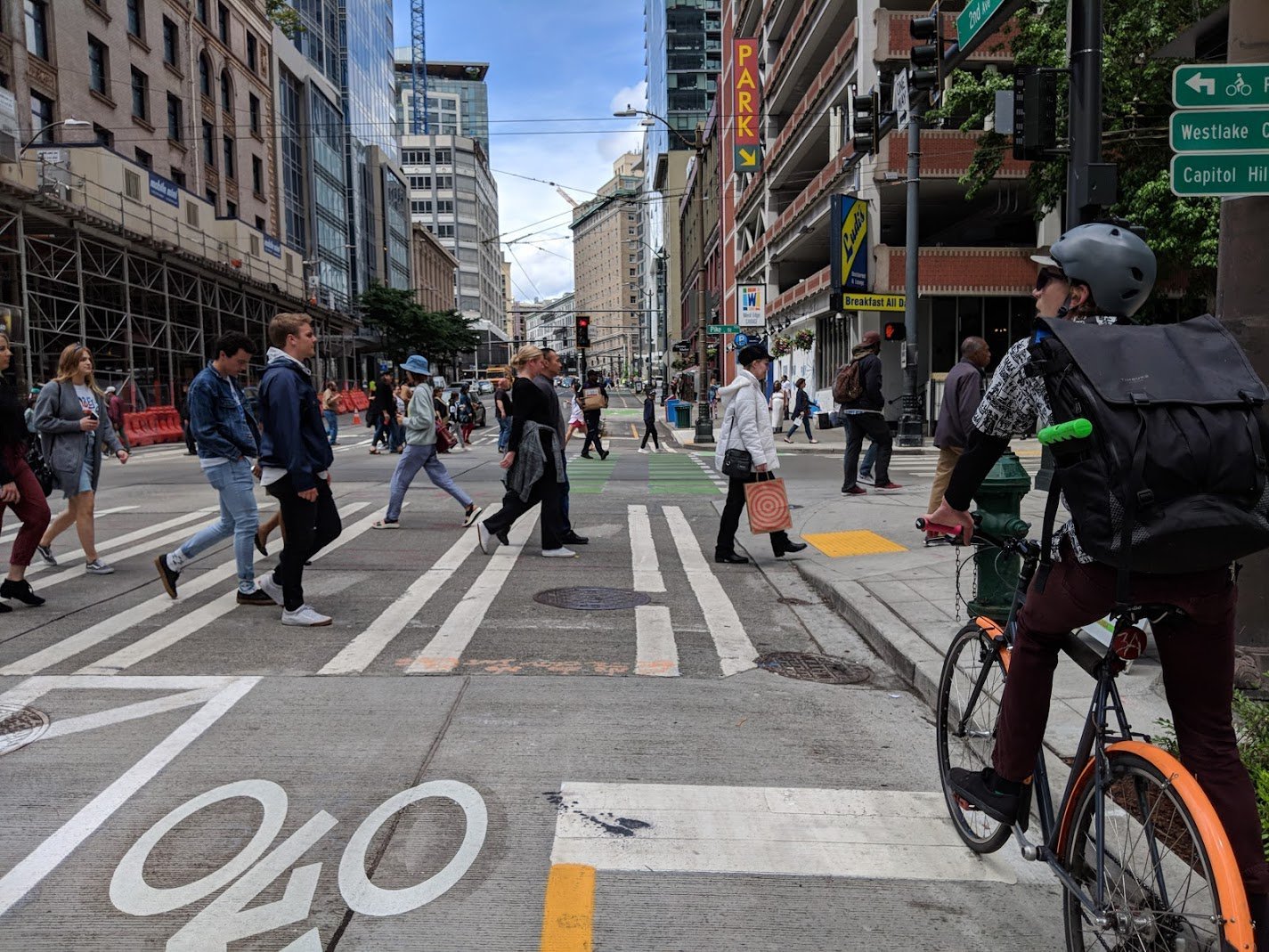
How do neighborhoods impact physical activity?
Are Interventions Supporting Physical ACtivity modified by the Environment (InSPACE)?
The InSPACE Consortium wants to learn more.
The Problem
Physical inactivity increases risk for cardiovascular disease, some cancers, and premature death, but up to 80% of U.S. adults and older youth do not meet recommended levels of physical activity.
Possible Solutions
Physical activity interventions (e.g., lifestyle counseling) can increase individual participants’ physical activity. However, there is considerable variability in physical activity intervention effects, efforts to ‘scale up’ physical activity interventions across populations have been mixed, and maintenance of higher physical activity following intervention is difficult.
Where a person lives, and who they are may have an impact on their ability to be more active
Physical activity interventions may need to be tailored to individuals and their contexts to have stronger, more pervasive, and more persistent effects. The built and social environment in which individuals are attempting to increase physical activity may be critical influencing factors. For example, an intervention encouraging community-based walking may be more successful for individuals living in contexts where utilitarian walking is supported or where parks for recreational walking are accessible and safe.
The Research Idea
Few studies have examined whether or how built and social environment factors influence individuals’ attempts to increase physical activity. Even if more trials existed, single trials may not be powered to detect environmental effects and have limited generalizability to other contexts. Understanding if and how environment moderates physical activity interventions requires pooling across trials that vary in environments in which participants live as well as critical individual socio-demographic characteristics (e.g., age, sex).
The ACMT
Creating and attributing environmental measures to individuals through geospatial analysis has to date required skills and specialized software (e.g., ArcGIS). Recent developments in informatics and spatial software have lowered barriers to exploring environmental influences. Our team has recently developed and validated the Automatic Context Measurement Tool (ACMT), a software package allowing research teams without specialized experience to compute standardized and comprehensive neighborhood environment measures for any location in the United States.
The Proposal
We propose to recruit and collaborate with 50+ physical activity intervention trials across the U.S. to generate environment data specific to individual participants in these trials. We will engage and train intervention teams to use the ACMT to build home neighborhood environmental data for their individual participants without compromising participant privacy. We will then pool environmental, intervention outcome, and demographic data across trials.


